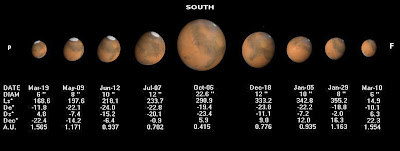The Original Tuna Tin II built by Doug DeMaw W1FB (SK)...Ed Hare W1RFI of the ARRL Lab, brought this to FDIM in 2001 and allowed us to borrow it for a night. It was so cool. The little guy was found at a hamfest somewhere on the east coast, and brought back to the ARRL. Bruce Muscolino W6TOY (SK) recieved it from the ARRL and he replaced missing parts and got the thing working again. It's in the museum at the ARRL HQ today. I think we made like 16 contacts using that for the transmitter, and a homebrew receiver from Diz W8DIZ that was part of the MultiPig Rig. Antenna was a dipole we had strung up out the window of the Ramada Inn (FDIM Central).
-----------------------------------
Here is my only encounter with the original Tuna Tin 2 -- In 2014 Rex W1REX conducted this solemn ceremony in which some of the TTT mojo was transferred to my homebrew BITX 17.





